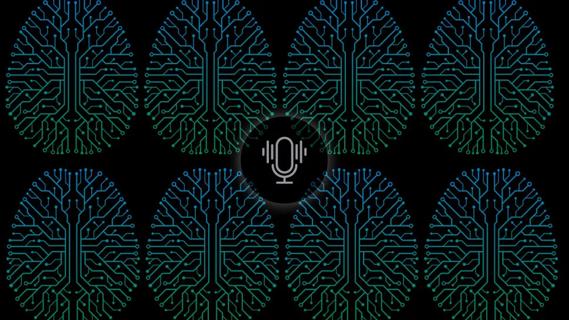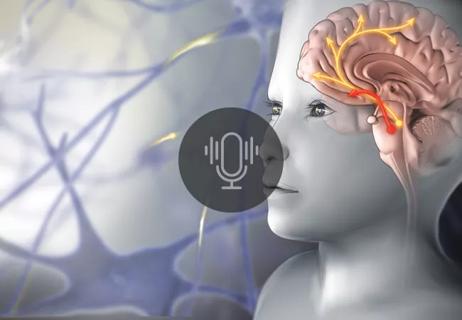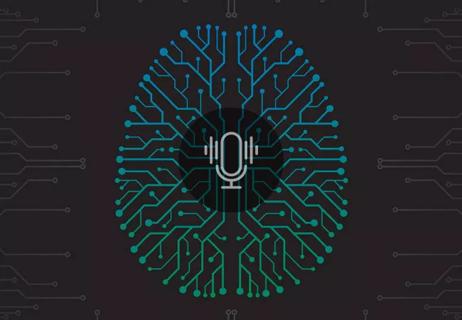The latest developments in telemedicine for subspecialty neuro care
The COVID-19 pandemic has fueled not only a surge in virtual outpatient visits, but also an increase in telemedicine for subspecialty neurological care. Consider the experience of Cleveland Clinic, which started a telestroke program about 10 years ago to bring acute stroke assessment to community hospitals that didn’t have consistent stroke coverage. Now Cleveland Clinic has expanded its use of telemedicine to neuro ICUs, neurophysiologic monitoring and more, notes stroke neurologist Zeshaun Khawaja, MD, MBA, who currently leads Cleveland Clinic’s telestroke program.
Cleveland Clinic is a non-profit academic medical center. Advertising on our site helps support our mission. We do not endorse non-Cleveland Clinic products or services. Policy
Dr. Khawaja shares the latest developments in virtual neurological care in the newest episode of Cleveland Clinic’s Neuro Pathways podcast. Among the topics discussed:
Click the player above to listen to the podcast now, or read on for a short edited excerpt. Check out more Neuro Pathways episodes at clevelandclinic.org/neuropodcast or wherever you get your podcasts.
Podcast host Glen Stevens, DO, PhD: Our colleagues in neurophysiology have also started to adapt this technology. Tell me about that.
Dr. Khawaja: We’ve learned that virtual health is not just a face-to-face encounter. Imad Najm, MD, [Director of Cleveland Clinic’s Shor Epilepsy Center] and his epileptologist partners are really experts in this. They’ve been able to leverage their experience to offer a host of services, including direct patient evaluations — in both inpatient and outpatient settings — and patient management conferences. These are in-depth conferences that help determine if patients are candidates for highly specialized epilepsy surgery. The best thing is that they don’t require any patient travel, and don’t even require that patients come to Cleveland to have the surgery. Patients can benefit from these conferences and have surgery in their home community.
Dr. Najm’s group also has been able to create, run and manage entire epilepsy monitoring unit programs virtually, everything from design to training the technicians.
Dr. Stevens: What other areas of neurologic care do you see benefiting from telemedicine?
Dr. Khawaja: There’s so much potential. We’ve just scratched the surface with telestroke, with teleneurology. Now we’re seeing teleneurophysiology doing great things.
There are so many patients across our nation who don’t have access to specialists. Sometimes they’re forced to travel long distances just to see someone. This is not only disruptive to their normal routines, but it can be very costly — not just money spent on travel, but income lost due to being away from work.
As we continue to gain experience and experiment within virtual health, I’m really eager to see what comes next, particularly in the management of movement disorders, such as Parkinson’s disease. Medical management of these patients is very, very complex. When they’re hospitalized, sometimes their medications need to be changed. And then as they transition to the outpatient space, all of this can severely affect progression of the disease.
We’ve seen that one of the most common uses of telemedicine in the neuro space is the management of movement disorders, particularly Parkinson’s patients. So I’m really eager to see what we can do there. I’m also excited to see what we can do with telepsychiatry. I think there is significant potential.

Determining the right dose and injecting in the right muscle can be challenging

New research sheds light on a potentially devastating condition that is reversible when properly managed

Testing options and therapies are expanding for this poorly understood sleep disorder

Neurology is especially well positioned for opportunities to enhance clinical care and medical training

How functional restoration can help children with these conditions marked by unexplained pain with stigmatized symptoms

Despite advancements, care for this rare autoimmune disease is too complex to go it alone

A discussion of special care considerations before, during and after pregnancy

Data-driven methods may improve seizure localization and refine surgical decision-making